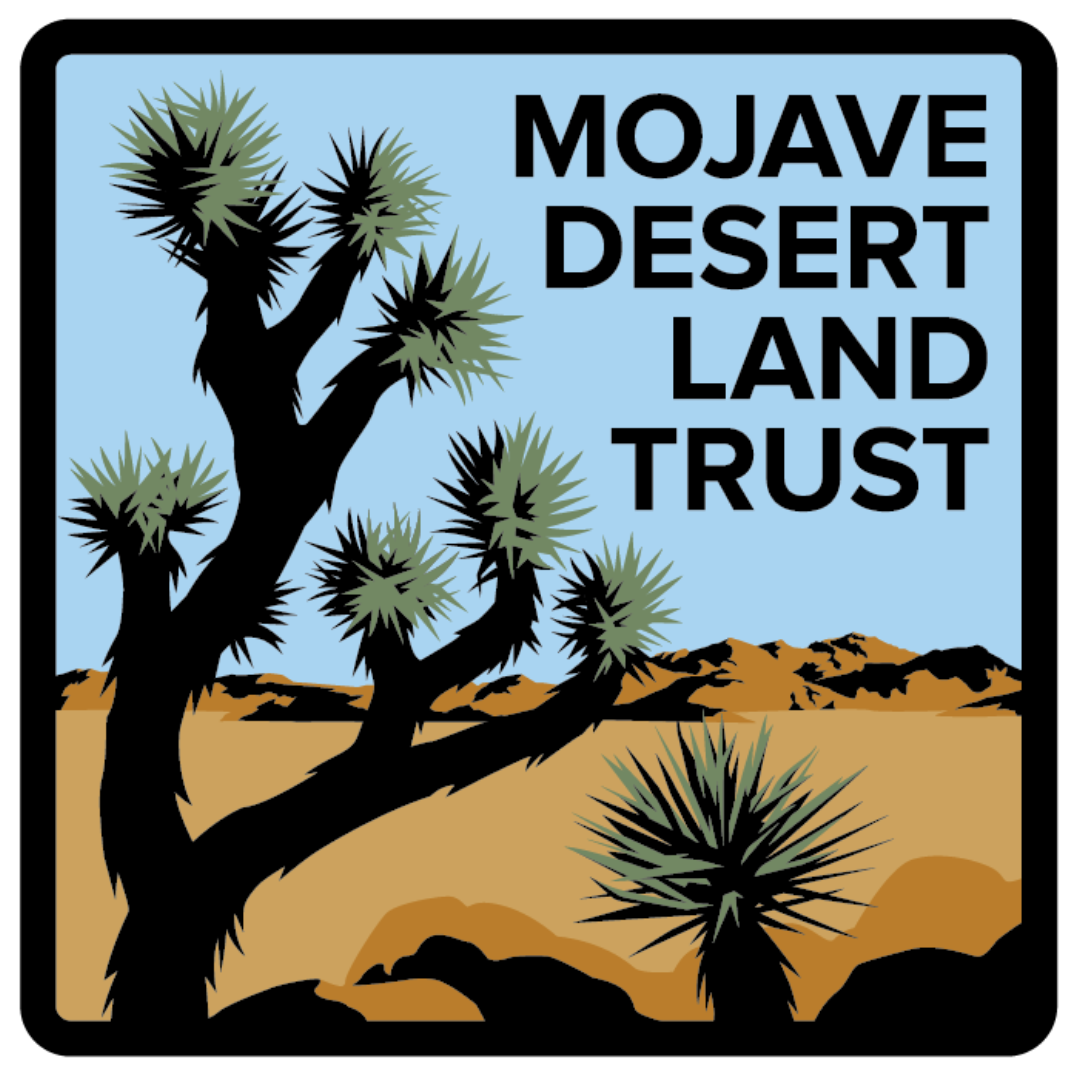A new public garden is growing in Joshua Tree
You can probably name 10 animals. But can you name 10 native plants? If not, then this desert demonstration garden is for you.
The Mojave Desert Land Trust broke ground on a new public garden this week.
A former parking lot at the Land Trust’s headquarters is being transformed into a native plant interpretive garden that will be open and accessible to public. The plans for the space include 10 themed gardens with interpretative signage and water-wise irrigation, seating areas, and a meeting space.
The garden is already starting to take shape thanks to AmeriCorps NCCC Gold 2, a team serving with the Land Trust for three months.
After staking out the area, the team has begun work on the infrastructure for the garden. Railway ties, gabion walls, stacked stones, and wood borders are being installed through the months of March and April.

Irrigation will be installed this summer, and native plants grown in MDLT’s restoration nursery will be installed this fall.
The garden will demonstrate a variety of sustainable landscaping techniques including water-wise drip irrigation, low-impact construction, and International Dark Sky Association approved lighting.
Through interpretive signage, the garden will teach visitors about the importance of protecting wildlife corridors. It will foster a culture of stewardship and sustainability, while illustrating the benefit of native plants in residential and commercial landscaping as a way of restoring biological diversity in increasingly developed areas.
The garden will become a living outdoor classroom that will be used for workshops with young people and adults, as well as volunteer trainings, community workshops, and classes on subjects like native plant horticulture, seed harvesting, and ethnobotany.
The initial construction phase was made possible through grant funding from Mojave Water Agency, Horne Family Foundation, and Stanley Smith Horticultural Trust.
Located on Twentynine Palms Highway, the main travel corridor through the Morongo Basin, the garden will be visible to travelers and accessible to the public. A bus stop is conveniently located on the property, allowing easy access for public transportation users.
Despite recent growth in the region, facilities such as this are lacking in the Morongo Basin, and this garden will be a unique space that is connected to the community and committed to protecting our diverse desert ecosystems.
If you’d like to support this inspiring project, please get in touch via info@mdlt.org or by calling 760–366–5440. We’d be happy to show you more of the design plans and discuss naming opportunities.
Originally published at medium.com on March 6, 2019.
